The course is suitable for those who have a genuine interest in ECMWF forecasting products and want to exploit fully the potential of these products in their daily duties, whether they are producing forecast bulletins or taking decisions that are affected by weather phenomena. The course is a mixture of standard classroom lectures and practical activities where real weather cases are analysed in details and attendees are expected to report on at the end of the training week. Networking among the attendees is encouraged by allocating time for the participants to present their work and share their previous experience with ECMWF products. The aim of the course is to provide the students with background knowledge to help them to make an informed use of ECMWF NWP products and to introduce students to novel products At the end of the course, the participants will be able:
The course is assessed by means of an online survey which allows the participants to include their feedback and suggestions for improvements. The learning outcomes are assessed separately using a self-evaluation method.
Pre-course programmeA list of pre-course activities is indicated below. Please note that these activities are integral part of the course and by completing them you will be able to get the most benefit out of the training week.
timetable
|
26th - 30th January 2015
2nd - 6th February 2015
OP-III photo will be available |



In this interactive session we will focus on apparent jumps, between runs, in ECMWF forecasts and how forecasters can perhaps deal with them. Examples will be included. The point will also be made that a sound forecasting system has to exhibit 'jumpy behaviour' from time to time.
Floods in Italy: how could ECMWF products be used to help the forecasters?
Find case study resources here
The students will be asked to construct forecast guidance for a cycle race around South Wales, for a summer-time situation, using a wide range of ECMWF products, that correspond to lead times between 45 days and 1 day.
Very mild weather conditions built over Europe during the second and third week of December. Will it stay mild between Christmas and the New Year or there will be a change in the weather conditions across Europe? What is the chance of snow and cold weather for New Year's Eve? The area of interest is the Balkans and in particular Bulgaria. The main focus will be on the use of ENS to assess the forecast uncertainty and to provide the risk of hazardous weather. What types of hazardous/adverse weather can you foresee?
A wide range of forecast products will be used from ECMWF high-resolution forecast (HRES), ensemble forecast (ENS) including monthly forecast to assess the forecast uncertainty and analyse all possible scenarios and their probability. In the end we will see the outcome and compare it with the forecast.
Find case study resources here
Focusing on using a wide range of ECMWF products, here is your challenge: plan the optimum ship route in TC conditions in the NE Atlantic.
The Christmas of 2013 was very mild in southern Scandinavia and windy in western Europe, caused by a strong positive North Atlantic Oscillation (NAO). People started to wonder whether there would be any winter at all. In this case we will look for a possible transition to cold conditions in the long-range forecasts (Part 1). When a possible transition approaching we will look into the possible scenarios for large-scale flow (Part 2). We will study the forecasts of a cyclone over southern Scandinavia (Part 3) and the connecting snowfall (Part 4). In the last part (Part 5), the forecasts will be evaluated and the limitations of the forecast discussed. The aim of the case study is to familiarise with different forecast products from ECMWF and also discuss the limitations of the forecasts
Find case study resources here